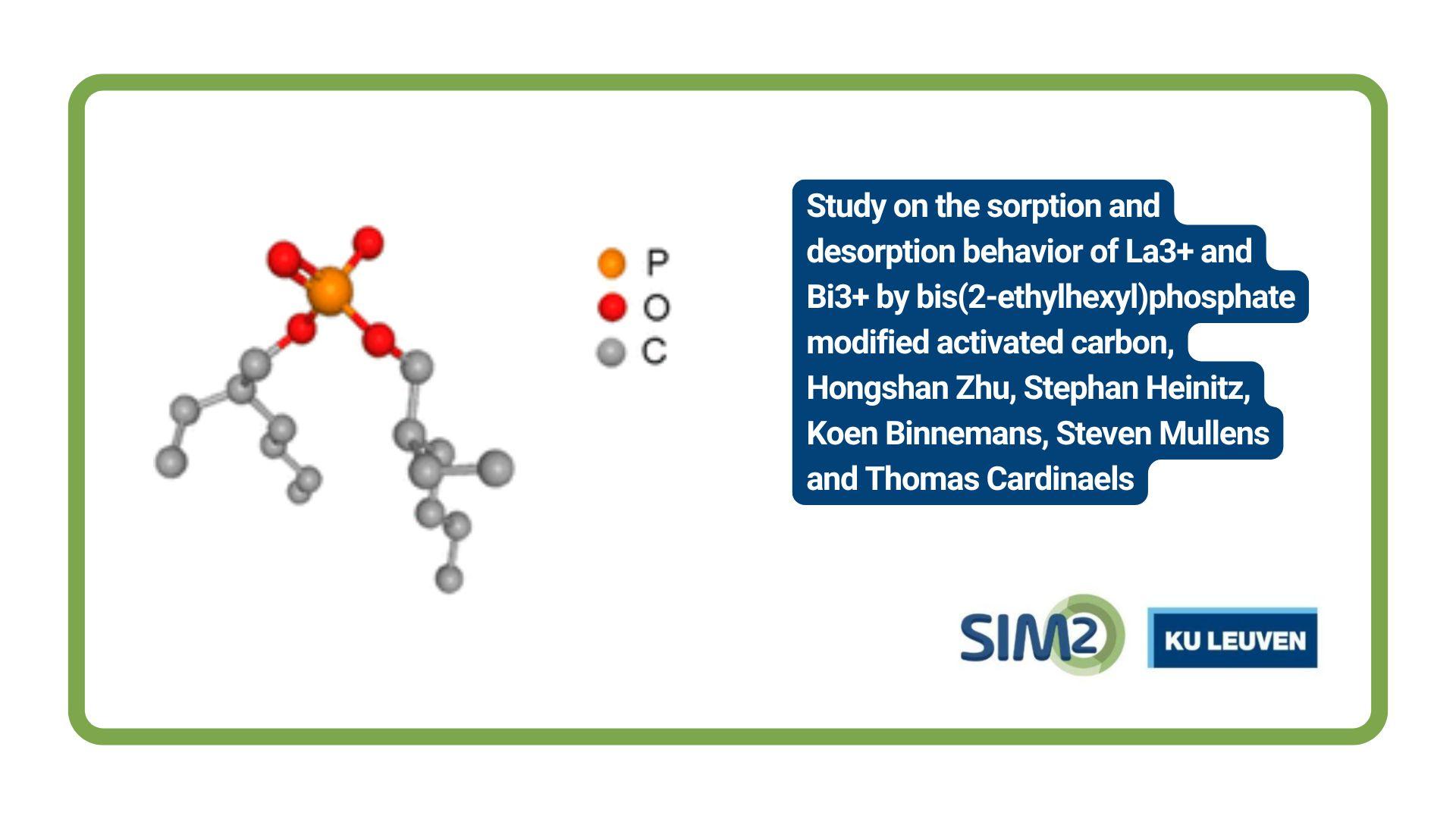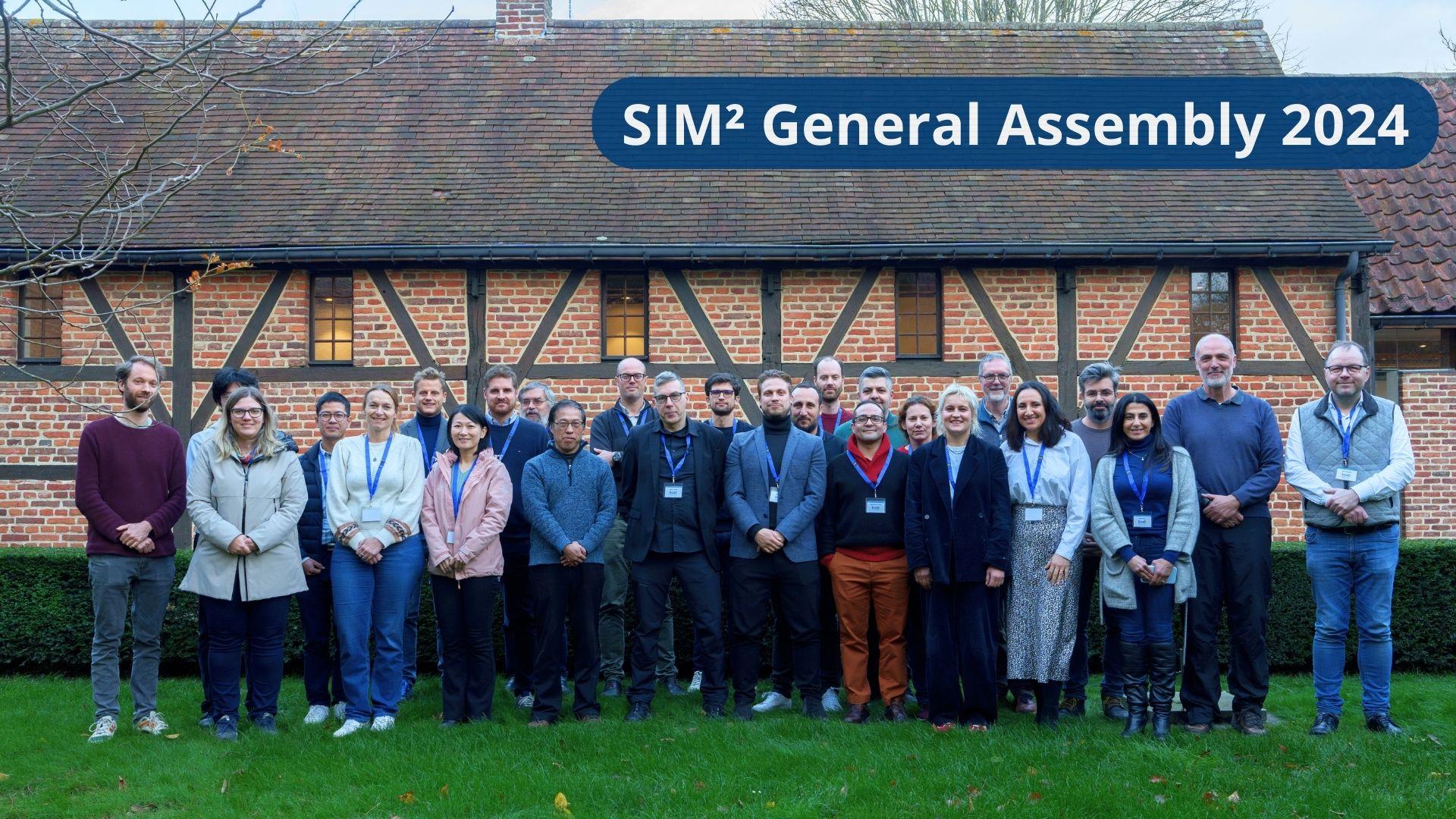Chenna Rao Borra and colleagues published a landmark review paper on red mud valorisation in the Journal of Sustainable Metallurgy. Full reference: C.R. Borra, B. Blanpain, Y. Pontikes, K. Binnemans, T. Van Gerven,”Recovery of Rare Earths and Other Valuable Metals From Bauxite Residue (Red Mud): A Review”, Journal of Sustainable Metallurgy, DOI 10.1007/s40831-016-0068-2 – download here
 The long-term storage of bauxite residue (red mud) is harmful to the environment and the tailing ponds also cover large areas. At the moment there is no large scale utilization of bauxite residue. However, some bauxite residues contain considerable concentrations of rare-earth elements (REEs) and the recovery of these REEs together with(out) other metals and utilization of the generated residue in other applications (e.g., building materials) can solve the storage problem of bauxite residue. This paper reviews the recovery of REEs, possibly alongside other valuable metals, from bauxite residue. REEs can be recovered from bauxite residue by direct leaching or by smelting followed by leaching. The main disadvantages of direct acid leaching are the consumption of large amounts of acid for neutralization, the handling of large volumes of effluents, and the difficulty in using the bauxite residue after leaching. Recovery of iron prior to leaching can improve the economics of the process. However, high alumina in the bauxite residue increases the flux and acid consumption. Therefore, alumina needs to be removed by alkali roasting prior to smelting in order to decrease the flux and acid consumption. The alkali roasting–smelting–leaching process allows recovery of aluminum, iron, titanium, and REEs from bauxite residue. The residue generated in this process can be used in building materials and cementitious binders. Other processes with commercial potential are the Orbite, the pressure leaching, and the acid baking processes.
The long-term storage of bauxite residue (red mud) is harmful to the environment and the tailing ponds also cover large areas. At the moment there is no large scale utilization of bauxite residue. However, some bauxite residues contain considerable concentrations of rare-earth elements (REEs) and the recovery of these REEs together with(out) other metals and utilization of the generated residue in other applications (e.g., building materials) can solve the storage problem of bauxite residue. This paper reviews the recovery of REEs, possibly alongside other valuable metals, from bauxite residue. REEs can be recovered from bauxite residue by direct leaching or by smelting followed by leaching. The main disadvantages of direct acid leaching are the consumption of large amounts of acid for neutralization, the handling of large volumes of effluents, and the difficulty in using the bauxite residue after leaching. Recovery of iron prior to leaching can improve the economics of the process. However, high alumina in the bauxite residue increases the flux and acid consumption. Therefore, alumina needs to be removed by alkali roasting prior to smelting in order to decrease the flux and acid consumption. The alkali roasting–smelting–leaching process allows recovery of aluminum, iron, titanium, and REEs from bauxite residue. The residue generated in this process can be used in building materials and cementitious binders. Other processes with commercial potential are the Orbite, the pressure leaching, and the acid baking processes.





